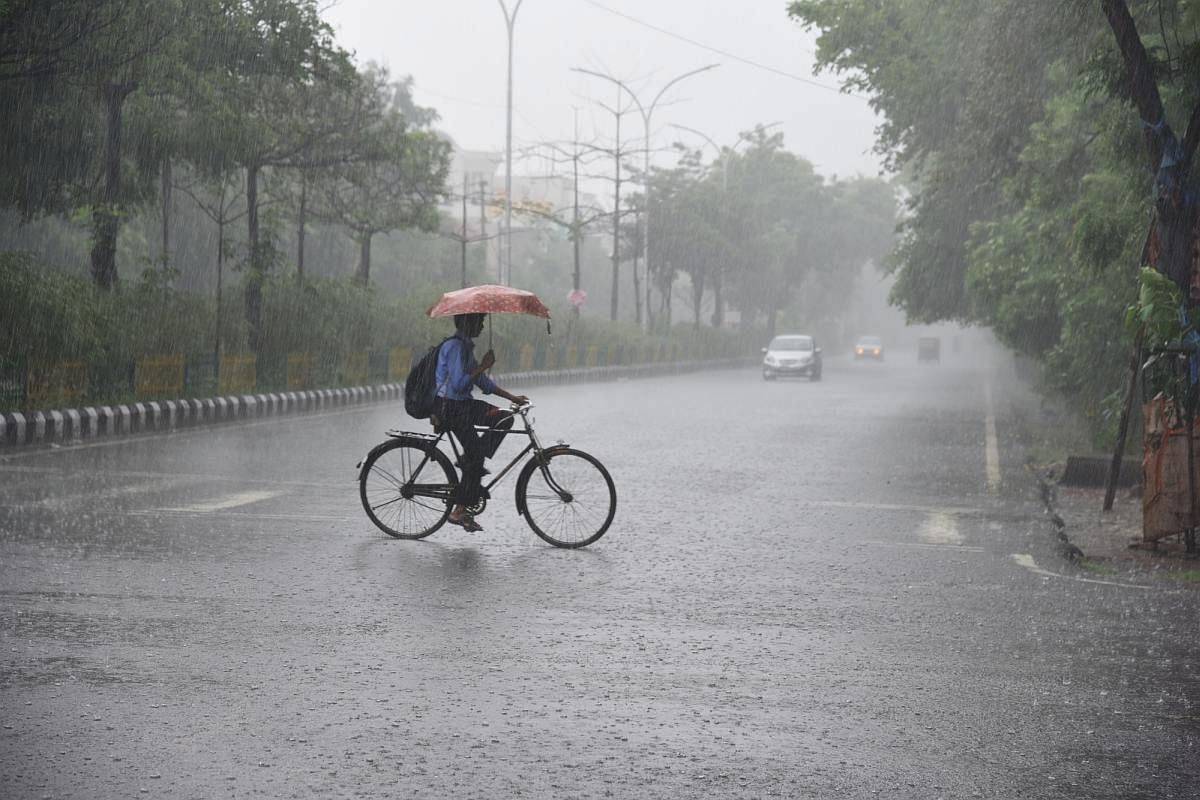The Indian Meteorological Department (IMD) announced that the Northeast Monsoon is expected to begin by the third week of October, more precisely on October 17.
The weather department has also predicted that the northern districts of the state are likely to receive normal or above-normal rainfall.
Advertisement
Typically, the Northeast monsoon begins around October 20, but the IMD stated that it is common for the monsoon to set in nine days before or after this date.
In their statement, the IMD also mentioned that there will likely be a rainfall deficit in the southern districts compared to the northern ones.
However, the central regions of the state are expected to receive abundant rain.
Additionally, the IMD predicted that the southern peninsular region, including Tamil Nadu, Kerala, and Andhra Pradesh, is likely to experience above-normal rainfall during the Northeast monsoon.
The IMD forecast indicates enhanced rainfall in Tamil Nadu during the third and fourth weeks of October.
According to the weather department, Tamil Nadu typically receives an average of 44 cm of rainfall during the Northeast monsoon, which extends from October to the end of December.
The IMD also mentioned the possible impact of La Nina, a weather phenomenon that could result in normal or surplus rainfall in the state.
Historically, Tamil Nadu has experienced surplus rainfall 69 per cent of the time during La Nina events, occurring 42 times between 1940 and 2021.
In the years 2010, 2016, and 2023, when La Nina occurred, there was surplus rainfall in 2010 and 2023, but in 2016 the state experienced a rainfall deficit.
The IMD also noted that changing weather dynamics, along with factors such as global warming, are influencing rainfall patterns during both the Southwest and Northeast monsoons.
The department stated that it has improved its forecasting methods and now achieves 85 per cent accuracy in its predictions.
Meanwhile, the Tamil Nadu government is preparing for the monsoon, with the district disaster management authorities working closely with district administrations and other departments, including health, police, and fire and rescue services, to plan for potential inundation and flooding due to heavy rains.
Local authorities have been instructed to clean storm water drains and carry out basic road repairs, including covering pits, to prevent water stagnation and clogging.
















